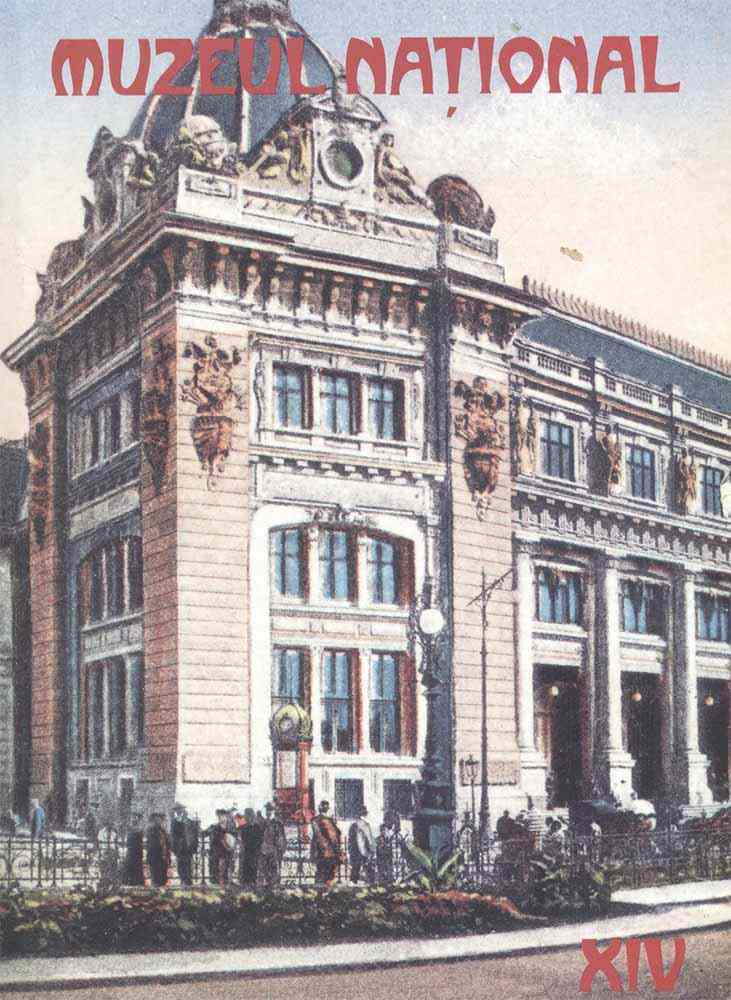| Excerpt |
This paper deals with the progress of the Romanian Army Medical Corps and its uniforms since the foundation of the national army in 1830 till mid 1890s. That long period was characterized by a variety of forms and colors according to the military fashion of the epoch and the political influences. For instance, in the first decade after the rebirth of the Romanian army, its uniforms were influenced by the Russian style. In the 1850s-1860s the French style of uniforms was mainly copied. The coming of dr. Carol Davila, a French physician, as head of the Romanian Army Medical Corps was benefic for its organization. He was acquainted with the latest scientific discoveries and with the modern medical technology and endeavoured to bring them in his new country. He was the founder of the School of Surgery in 1855 and of that of Pharmacy in 1856. These two schools were united, in 1857, in one institution of high medical education. Dr. Carol Davila also contributed to the issuing of new uniforms for the Medical Corps in late 1859 and early 1860. The dark blue frock coat had black velvet facings for physicians, green facings for chemists and blue ones for veterinary surgeons. The standing collar and cuffs of the full dress uniform were embroidered with gold bullion thread in order to designate the rank. The velvet shoulder straps were also embroidered with a serpant coiled on Aesculapus's caduceus. The dark blue trousers had red pipings for junior officers and double stripes for senior officers. The cockade hat was the headgear for full dress. A simpler uniform was adopted in 1873. The tunic shortened and cuffs were pointed. The cockade hat was replaced by a red kepi adorned with plumes in full dress. For campaign dress the same kepi had a white canvas cover for summer and a black oilcloth cover for bad weather. For undress or service dress the shoulder straps were replaced by golden shoulder knots. The golden shoulder belt held a black leather pouch at the black; this pouch had the Medical Corps insignia on it (i.e. the serpant at the caduceus in a wreath of oak and salvia leafs) made of brass. The velvet shoulder straps were abolished in 1895. The golden galloons above the pointed cuffs designated the ranks. The uniform of the physicians in the National Guard of 1866-1872 was different from that of the regular army. They had the same model of embroidered velvet shoulder straps but no other embroidery on cuffs or collar, which was, actually, turned-down. Blue feathers instead of red adorned their black hats. During the war of 1877-1878 the uniforms and equipment of the Medical Corps proved their efficiency. The boldness and promptness of the Romanian physicians on the battlefield were much praised by allies and enemies alike. |

